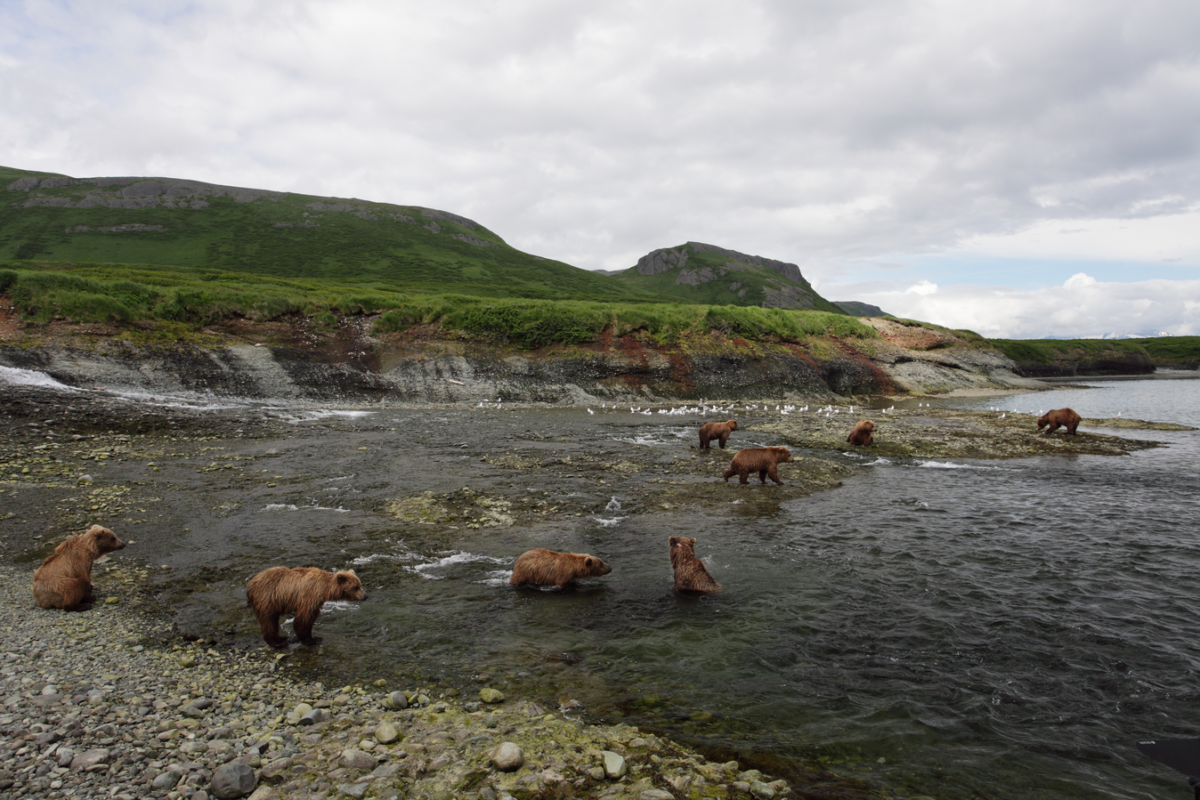
Alaska: A Model of Sustainability
“To the lover of wilderness Alaska is one of the most beautiful countries in the world.”
– John Muir
Alaska’s dramatic features and extreme conditions have attracted men and women who hold a true love of the natural world. As Alaska negotiated its union with the United States, citizens drafted the state’s constitution to stipulate sustainable harvesting based on yield (Article 8.4). Under Alaska’s sustainable fisheries practices, spawning salmon and other species are managed for river-specific and species-specific escapement goals. Alaska managers have the ability to temporarily close river systems to relieve stressed stocks. The state also banned aquaculture and fish farm practices, to protect the habitat for wild stocks. The result of embedded conservation into the state’s constitution is being home to the world’s largest salmon runs.
Alaskan salmon is one of the few wild, natural food sources left in the world. Their experience of traveling thousands of miles from fresh water rivers through wide open ocean in search of a diverse array of food is a unique contrast to modern agriculture practices. Rarely do we get to taste nature, in such a pure form. The epic journey these fish make is the reason, wild-caught salmon is a nutrient rich food source that offers a wealth of health benefits.
At Icy Strait Seafoods, we source our seafood from Alaska’s pristine waters in compliance with state, federal, and international regulations. Our fish are certified sustainable by Alaska’s Responsible Fisheries Management and by the Marine Stewardship Council.
You can learn more about Alaska’s sustainability efforts through resources like the Alaska Sustainable Fisheries Trust and the Alaska Seafood Marketing Institute.


